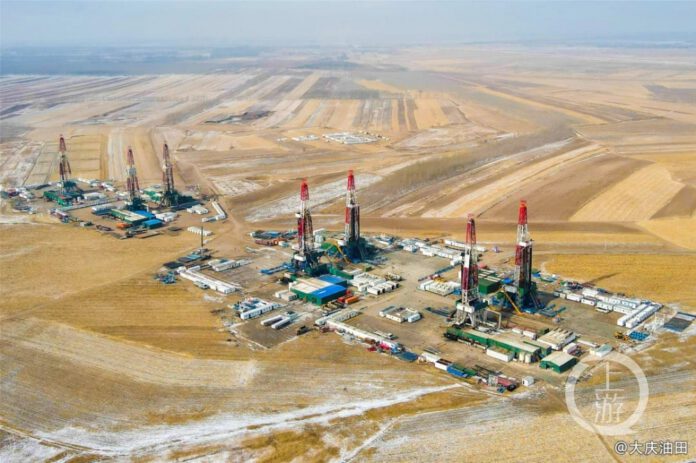
On October 23, China National Offshore Oil Corporation (CNOOC) announced the discovery of China’s first 100 billion cubic meter deep coalbed methane gas field, named the Shenfu Deep Coalbed Methane Atmospheric Field. This discovery holds significant importance in ensuring the energy security of the nation and propelling the development of the western region.
The Shenfu Deep Coalbed Methane Field is located in Yulin City, Shaanxi Province, at the eastern edge of the Ordos Basin. The main depth of the coal seams is approximately 2,000 meters, with a single layer’s thickness ranging from 6 to 23 meters. The average gas content per ton of coal is 15 cubic meters. More than 100 exploratory wells have been deployed in the area, with the highest daily gas production from a single well reaching 26,000 cubic meters.
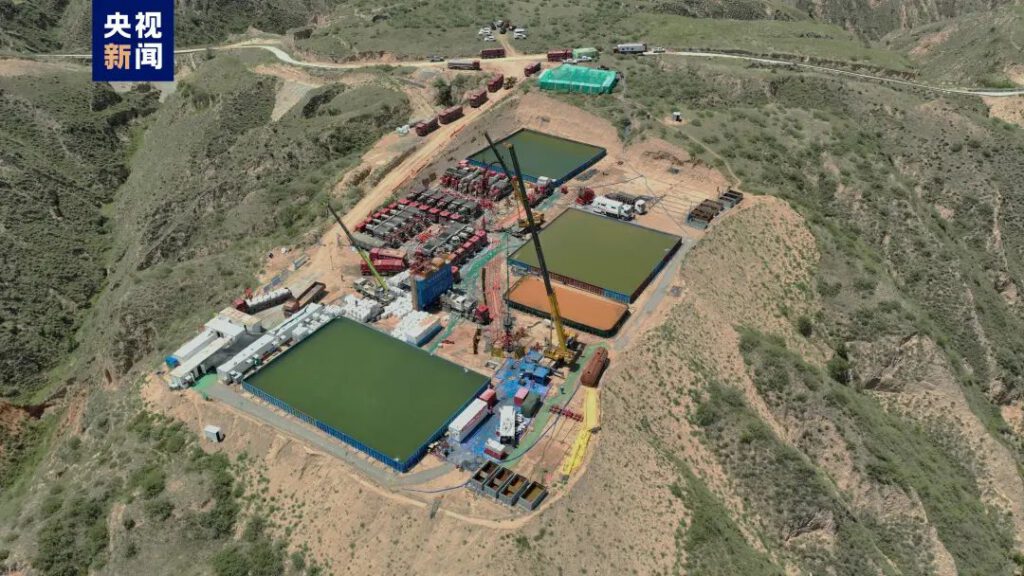
Coalbed methane, commonly known as “gas,” refers to the natural gas stored in coal seams. Coalbed methane found at depths greater than 1,500 meters is typically referred to in the industry as deep coalbed methane. Compared with shallow and medium coalbed methane, the mechanisms and geological conditions of deep coalbed methane are more complex. As the depth of burial increases, the formation temperature, pressure, and stress rise significantly, rendering exploration and development more challenging and costly.
It is understood that the Shenfu Deep Coalbed Methane Gas Field, following the Shanxi Linxing gas field, is China’s second hundred-billion-cubic-meter atmospheric field found in the Ordos Basin in three years, after the Haiyang oil field.
According to statistics, China’s coalbed methane resources buried within 2,000 meters exceed 30 trillion cubic meters. Among these, the deep coalbed methane resources account for about one-third.
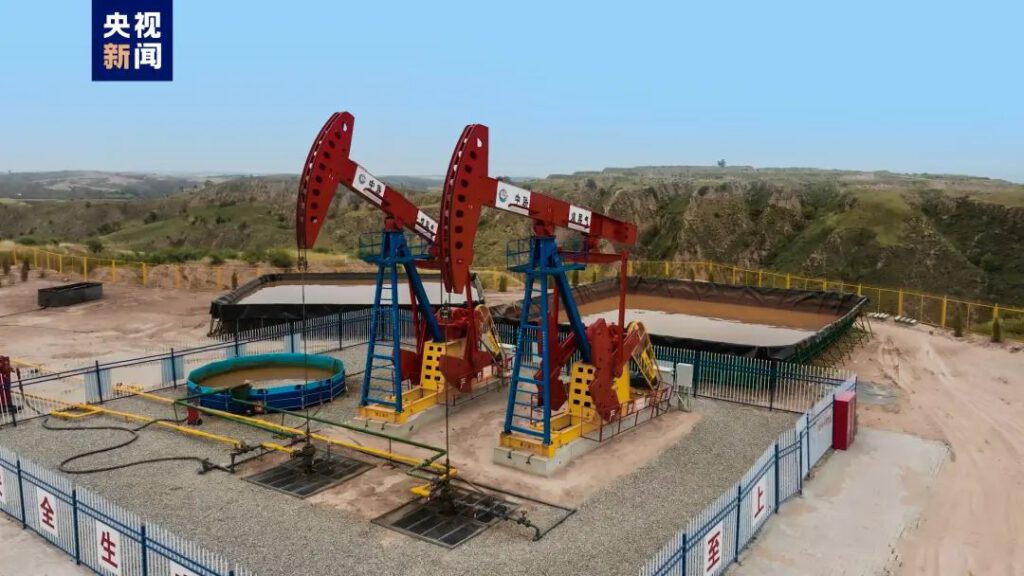
New Process Route: Transforming Reserves into Production
China possesses abundant coalbed methane resources, and historically, exploration and development have primarily focused on coal beds buried at depths of less than 1,000 meters.
Coalbed methane, a form of natural gas stored within coal seams, exhibits increasingly complex formation and enrichment mechanisms as burial depth rises, accompanied by a substantial rise in temperature, pressure, and strata stress. Due to a lack of supporting technology, coal beds with a burial depth exceeding 1,500 meters have long been considered an exploration no-go zone.
The Shenfu Deep Coalbed Methane Field, situated at the eastern edge of the Ordos Basin, features coal beds at a depth of approximately 2,000 meters, presenting a significant challenge for exploration and development.
Mr. Zhu Guanghui, Deputy General Manager of CNOOC Zoomlion, emphasized the importance of research into deep Coal Bed Methane (CBM) formation and storage mechanisms. CNOOC introduced the innovative concepts of ‘complementary’ and ‘three-dimensional’ exploration for tight gas and CBM. Additionally, research on reservoir transformation, drainage, and mining technology was prioritized. By repurposing inefficient wells previously drilled for tight gas to conduct deep CBM tests, the field is poised to become the world’s largest CBM field, covering an estimated area of about 1,000 square meters.
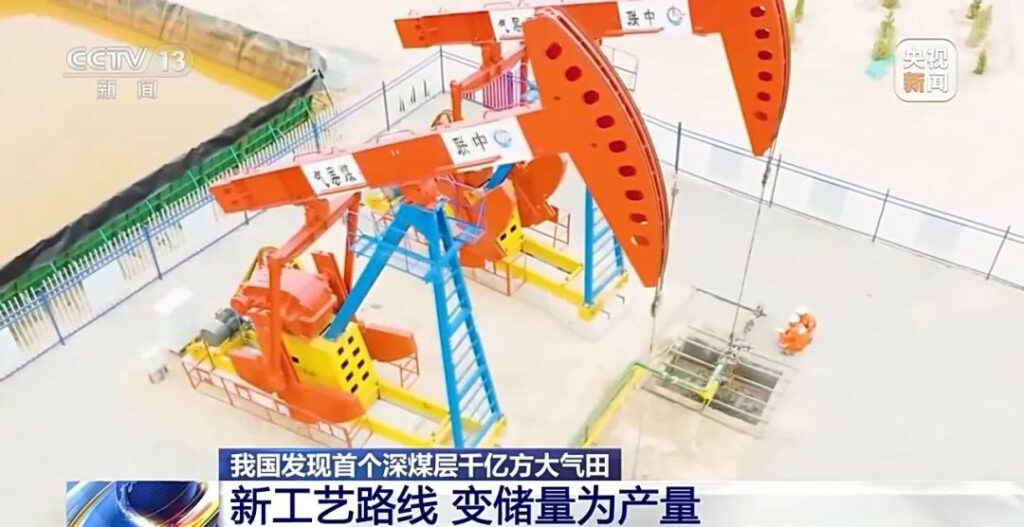
In the development phase, CNOOC reevaluated our fracturing approach, transitioning from medium and shallow coalbed fracturing techniques to shale gas fracturing technology. Through ongoing optimization of fracturing construction parameters and processes, CNOOC established a technical system tailored to the development of deep coal beds in the Shenfu block. This fostered a collaborative working model across the entire business chain, effectively converting reserves into production.
China’s Coalbed Methane Exploration and Development Show Great Promise
In recent years, owing to the continual advancements in exploration and development theory and technology, China has successfully addressed challenges associated with thin and deep coal seams. This has led to a steady increase in both reserves and production of CBM, indicating significant developmental potential.
China stands as a vast repository of coal resources, boasting abundant CBM reservoirs. The results of the dynamic special evaluation of the nation’s coalbed methane resources reveal that those buried at depths less than 2,000 meters amount to an impressive 30 trillion cubic meters. However, as of now, the country’s proven reserves of coalbed methane stand at only about 900 billion cubic meters, showcasing a relatively low overall level of exploration.
At present, the commercial-scale development of CBM in China primarily centers around the Qingshui Basin and Ordos Basin. Over nearly four decades of exploration and development, China’s coalbed methane exploration and development theory and technology have seen significant advancements. Particularly in recent years, with increased emphasis on scientific and technological research, China has successfully surmounted challenges related to thin and deep coalbed methane. In the Ordos Basin, China has achieved the successful joint three-dimensional development of shallow and medium coalbed methane, deep coalbed methane, and tight gas.
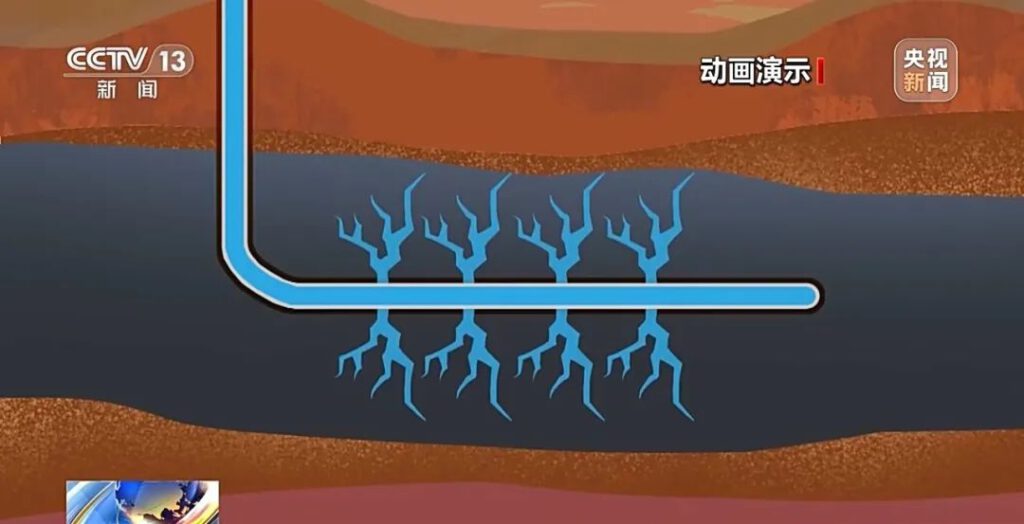
Mi Honggang, Deputy Chief Engineer of CNOOC Zoomlion, notes that thin coal beds were historically viewed as ‘marginal resources’ in CBM development due to their lower gas content and relatively limited abundance. To enhance the efficiency of CBM exploration and development, a series of technological innovations, such as large-span multi-layer fracturing and double-pressure, double-control drainage and mining, have been employed. This has led to the successful establishment of China’s inaugural large-scale thin CBM development project. Over 200 wells have been constructed, with the highest daily production from a single well reaching 14,000 cubic meters.
After years of dedicated development, China’s coalbed methane industry has seen significant progress in four key core technology systems: geology, drilling, fracturing, and drainage and mining. These breakthroughs have played a crucial role in supporting the expansion of coalbed methane production and its associated benefits.
Current data indicates that China’s surface development of coalbed methane yields an annual output of over 7 billion cubic meters, with a cumulative production exceeding 70 billion cubic meters. This demonstrates a notable expansion in the scale of the coalbed methane industry.
(Source: CCTV)



